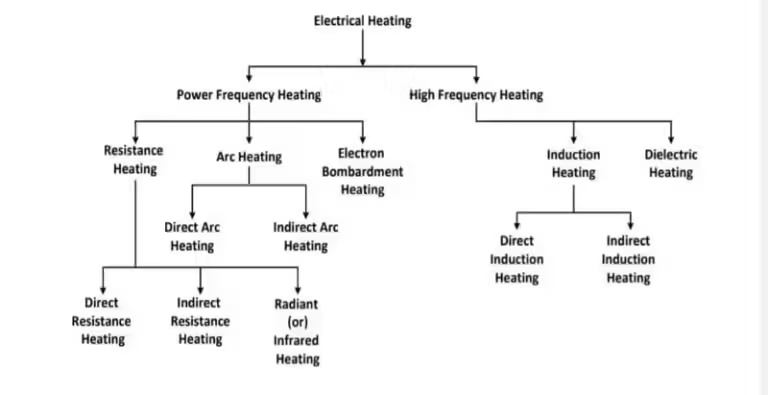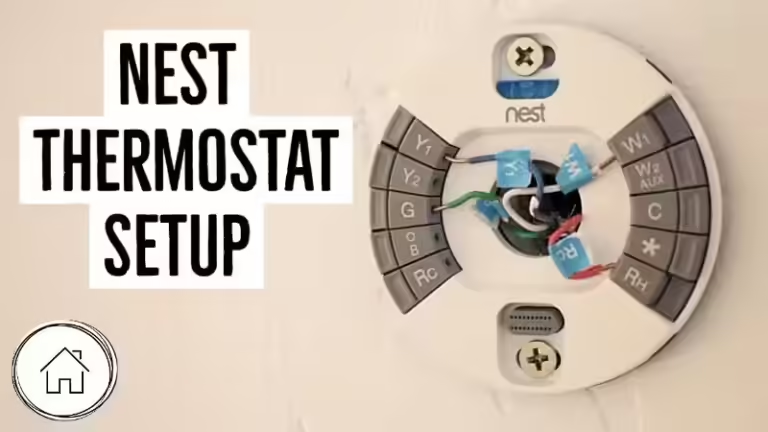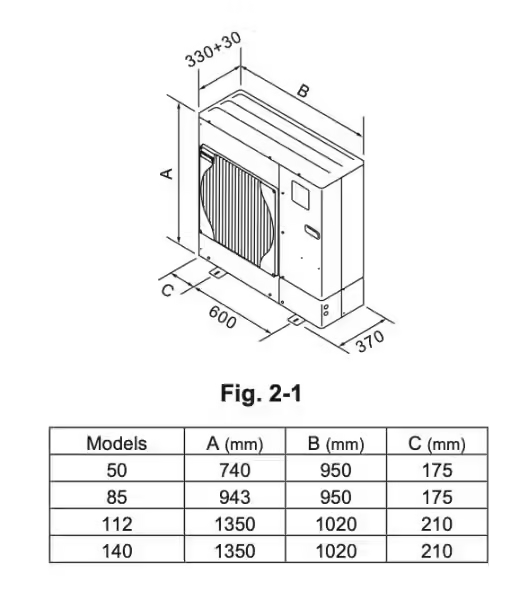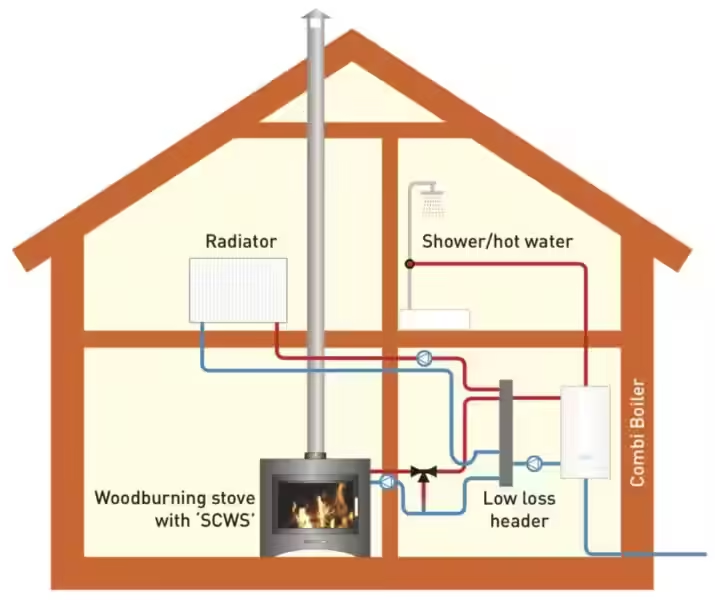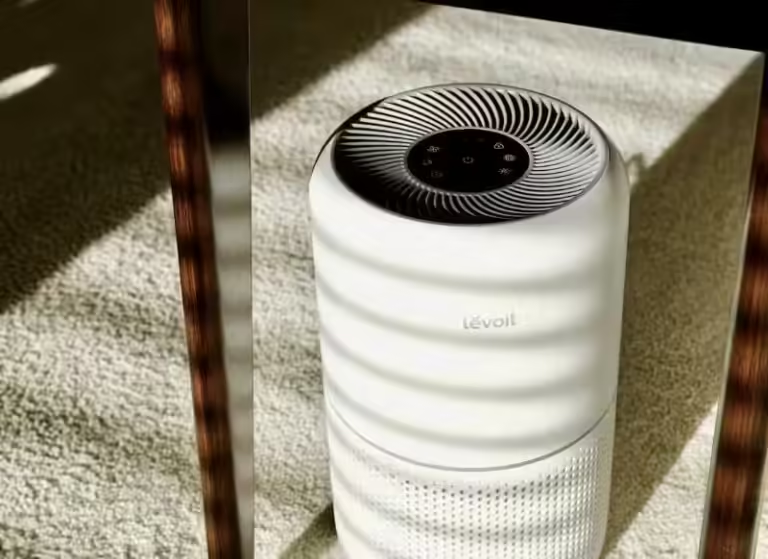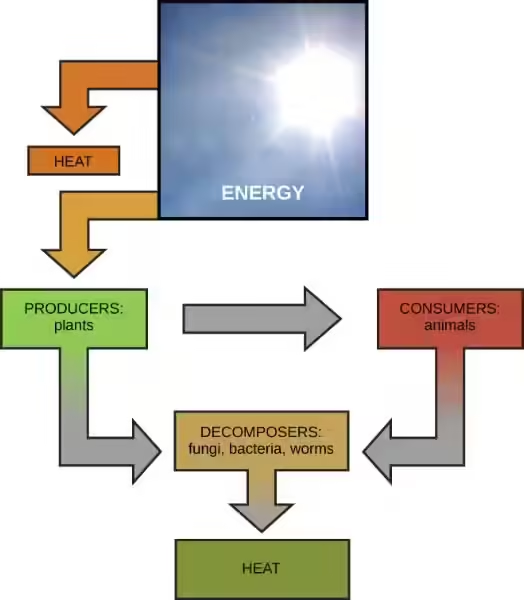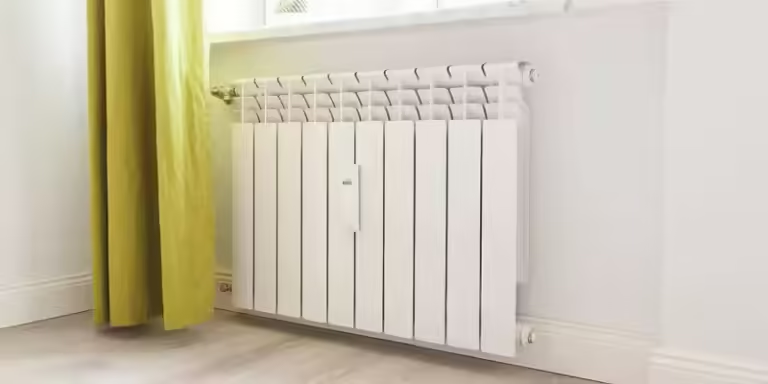The One Principle That Makes Heat Pumps Work

Heat pumps are becoming increasingly popular as a way to heat and cool homes, and for good reason. They are energy-efficient, environmentally friendly, and can provide comfortable temperatures year-round. But how do these seemingly magical devices work? The answer lies in one principle that makes heat pump operation possible: the ability to transfer heat from one location to another.
Harnessing the Power of Heat Transfer
At their core, heat pumps work by exploiting the natural tendency of heat to flow from warmer areas to cooler areas. This is a fundamental principle of thermodynamics known as the second law of thermodynamics. Think of a cup of hot coffee on a cold day. The heat energy from the coffee will naturally transfer to the cooler air surrounding it, eventually reaching a state of thermal equilibrium.
The Heat Pump Cycle
Heat pumps utilize a closed loop system with a refrigerant that acts as the heat transfer medium. This refrigerant circulates through the system, absorbing heat from one location and releasing it at another. Here's how it works:
- Evaporator: The refrigerant absorbs heat from the air, water, or ground, causing it to vaporize.
- Compressor: The compressor increases the pressure of the refrigerant vapor, raising its temperature.
- Condenser: The hot refrigerant vapor transfers its heat to the air in your home, warming it. The refrigerant condenses back into a liquid.
- Expansion Valve: The refrigerant is then passed through an expansion valve, which lowers its pressure and temperature, preparing it to absorb heat again.
The cycle repeats, continuously transferring heat from the cooler source to the warmer destination, whether it's your home in the winter or the outside air in the summer.
Heat Pumps: A Sustainable Solution
Heat pumps are remarkably efficient because they don't generate heat like traditional heating systems (think furnaces or boilers). Instead, they simply move existing heat, making them a more sustainable and eco-friendly option. They can also provide significant cost savings on energy bills.
Heat Pump Applications
Heat pumps are versatile and can be used for a variety of applications, including:
- Heating and cooling homes
- Providing hot water
- Commercial heating and cooling
- Industrial applications
As technology advances and energy efficiency becomes increasingly important, heat pumps are poised to play a larger role in our energy future.
The principle of heat transfer is the foundation of heat pump operation. By harnessing the natural movement of heat from warmer to cooler areas, heat pumps provide efficient and sustainable heating and cooling solutions. Their versatility and growing popularity make them a key player in the transition to a more energy-conscious world. They offer a way to improve comfort and reduce our environmental impact, making them a smart choice for homes and businesses alike.
Frequently Asked Questions
What is the principle that makes heat pump operation possible?
The principle that makes heat pump operation possible is the refrigeration cycle. This cycle uses a refrigerant to transfer heat from one location to another, even if the temperatures are different. The refrigerant absorbs heat from the cooler environment (like the outside air in the winter) and releases it into the warmer environment (like the inside of your home).

